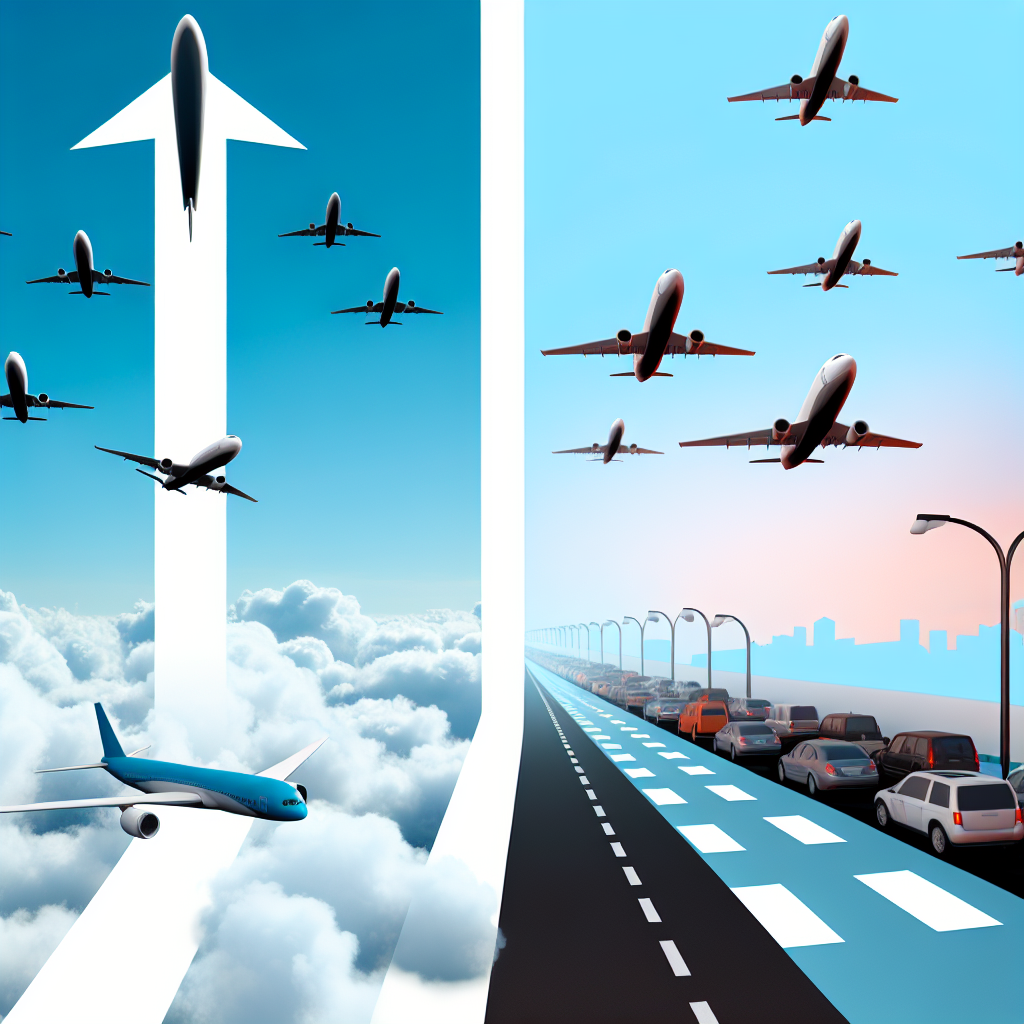Real Cost of Flying: IATA Reports a 40% Decrease in Airfares Amidst Delivery Delays
Last Updated: Jun 03, 2025, 02:02:00 PM IST
Challenges Persist in the Aviation Industry Despite Lower Ticket Prices
The International Air Transport Association (IATA) has revealed that while airfares have significantly decreased, the aviation industry continues to grapple with serious challenges. Supply chain issues have led to extensive delays in aircraft deliveries, with some stretching as far out as 14 years, negatively affecting airline profitability. Regulatory challenges and safety concerns, including incomplete investigations into accidents and heightened risks in conflict zones, are creating additional difficulties for airlines and passengers.
Despite soaring fuel prices and a challenging global economy, the actual cost of flying has fallen dramatically—by 40% over the last decade. Willie Walsh, the Director General of IATA, made these statements during the organization’s annual meeting in India, their first in the country in 42 years. While ticket prices have diminished, the pace of airline growth is being hindered by significant supply chain issues.
IATA, which represents over 350 global carriers, forecasts that airlines will collectively earn a profit of USD 36 billion this year on revenues of USD 979 billion. This represents a net margin of 3.7%, or an average profit of USD 7.20 per passenger, as reported by PTI.
“Our profitability does not reflect the value we provide,” remarked Walsh, emphasizing the industry’s role in supporting 86.5 million jobs and contributing to 3.9% of global GDP.
However, India’s rapidly growing aviation sector is experiencing soaring demand along with rising worries about fluctuating airfares, even with general declines in inflation-adjusted ticket prices.
Live Events
At the same time, the aviation industry finds itself in a precarious holding pattern regarding aircraft deliveries. Walsh criticized the manufacturing sector for its subpar performance, noting that a backlog of 17,000 aircraft translates to a 14-year wait from order to delivery. Specifically, aircraft deliveries scheduled for 2025 are already expected to be 26% lower than previously promised.
Currently, over 1,100 aircraft under ten years old are mothballed, representing 3.8% of the fleet—nearly three times the pre-pandemic average. The annual fleet replacement rate has dwindled to just 3%, falling short of the 5-6% threshold deemed healthy.
This shortage has financial implications, as many demands go unmet, leading to increased maintenance and leasing costs, according to Walsh. The situation may remain challenging, as manufacturers predict it could take until 2030 to resolve the existing issues.
Furthermore, Walsh highlighted that poor regulation poses a major threat to both affordability and industry progress, stating, “Regulators are not spending their own money, while business leaders evaluate cost versus benefit. Politicians may not always think the same way.”
In terms of safety, the past six years have seen fewer than half of aviation accident investigations conclude with final reports, causing crucial safety lessons to be overlooked. Last year, commercial aviation recorded just seven fatal accidents among 40.6 million flights, resulting in 244 fatalities among 4.8 billion passengers—illustrating a solid safety performance overall. However, increased risks from conflict zones have emerged, as two civil aircraft were shot down and military operations have resulted in bombing at airports. Interference with navigation systems near war zones is also on the rise.
While flying may be more affordable than it has ever been, the realities of plane shortages, regulatory challenges, and global turmoil mean that the skies are not as clear as they once appeared.
(With contributions from PTI)
Explore More News




